Service hotline
+86 0755-83975897
 en
en Release date:2024-11-12Author source:KinghelmViews:3278
For procurement and engineering teams in consumer electronics, choosing the right electromagnetic (EM) simulation tool is essential. CST Studio Suite and HFSS are two leading solutions widely used for EM simulation across industries. CST vs HFSS is a topic of considerable debate, and making an informed choice depends on understanding each tool's features, advantages, and specific applications. This article aims to provide a detailed overview of **CST vs HFSS** to help you make a decision that aligns with your team's goals.
Developed by Computer Simulation Technology (CST), CST Studio Suite is a powerful software platform used for 3D EM simulation. Known for its wide frequency range coverage, CST is ideal for both low- and high-frequency applications, making it suitable for various consumer electronics applications. CST is especially popular for applications that involve antennas, cables, and electromagnetic compatibility (EMC) analysis, offering flexibility and speed.
● Wide Range of Solvers: CST provides time-domain, frequency-domain, and static solvers, allowing users to switch between options based on simulation needs.
● Multi-Physics Simulation: CST supports coupled simulations, enabling simultaneous analysis of thermal, structural, and fluid properties alongside EM.
● User-Friendly Interface: CST’s intuitive interface and detailed post-processing tools make it accessible for various engineering levels.
HFSS, short for High-Frequency Structure Simulator, is developed by Ansys and known for delivering high accuracy, especially in high-frequency EM simulation. HFSS is widely used in antenna design, microwave circuit simulation, and signal integrity analysis. It employs the Finite Element Method (FEM), enabling precise results for complex geometries and high-frequency applications, which is critical for consumer electronics.
● Full-Wave Simulation: HFSS’s full-wave capabilities ensure high accuracy in high-frequency applications, handling complex boundaries and resonance effects with ease.
● Advanced Solver Technology: FEM-based solvers allow HFSS to deliver results with precision in wave propagation and field distribution.
● Optimization and Parametric Analysis: HFSS supports automated optimization, making it easier to refine designs.
When comparing CST vs HFSS, several factors stand out that might influence the choice for specific consumer electronics projects. Each software has strengths, so let’s examine some key differences in simulation speed, accuracy, and usability.
CST is known for faster simulation times, particularly in transient EM simulations. Its time-domain solver allows it to process simulations quickly, which is useful in initial design phases. HFSS, while accurate, can be slower when dealing with large or complex geometries. However, for high-frequency designs where precision is critical, HFSS remains a top choice.
CST stands out with its variety of solvers, including time-domain, frequency-domain, and hybrid options, offering flexibility across different applications. This versatility makes CST vs HFSS an important comparison, as HFSS primarily uses FEM, focusing on high-frequency accuracy. While HFSS’s FEM solvers offer exceptional precision, CST’s range of solvers provides greater adaptability for multi-domain simulations.
The user interface** in CST is intuitive, designed to accommodate both novice and experienced users with a range of wizards and templates. HFSS offers robust capabilities but may involve a steeper learning curve, especially for those new to finite element simulations. For engineering teams needing ease of use and adaptability, CST may be a better choice, while HFSS caters to users focused on high-frequency accuracy.
Accuracy is critical in consumer electronics for fields like antenna design and signal integrity. HFSS is often regarded as the industry standard for high-frequency EM analysis due to its finite element method (FEM), which provides exceptional precision in modeling complex structures. CS also offers impressive accuracy, particularly in frequency-domain analysis. However, its time-domain solver might be slightly less precise than HFSS’s FEM in some cases.
Both CST and HFSS provide advanced post-processing tools. CST allows real-time visualization of results, making it easier to assess designs during development. HFSS also supports detailed visualizations, especially for field distribution and resonance effects. CST vs HFSS often comes down to user preferences for specific post-processing needs, with CST offering a more interactive experience.
Pricing can be a deciding factor in choosing between CST vs HFSS. CST Studio Suite is generally more affordable, providing flexible licensing options suitable for procurement teams with tighter budgets. HFSS tends to be more expensive, especially when used with additional Ansys tools for multi-physics simulations. However, HFSS’s superior accuracy and integration with other Ansys tools justify the cost for many teams in high-frequency applications.
The decision between CST vs HFSS ultimately depends on specific project needs. For engineering teams in consumer electronics looking for flexibility and faster simulation speeds, CST is often the preferred choice. HFSS stands out for teams focused on high-frequency designs that demand precision.
In summary, here are some guidelines to help make an informed choice:
● Choose CST if flexibility, speed, and multi-solver options are important.
● Choose HFSS if accuracy in high-frequency applications and full-wave FEM simulation is a priority.
For procurement and engineering teams in consumer electronics, selecting the right simulation tool is essential to meeting project goals. CST Studio Suite and HFSS both offer powerful capabilities, with CST excelling in speed and flexibility, while HFSS delivers superior accuracy in high-frequency applications. By understanding each tool’s strengths, teams can choose a solution that aligns with their specific simulation requirements, ensuring efficiency and accuracy in EM design processes.

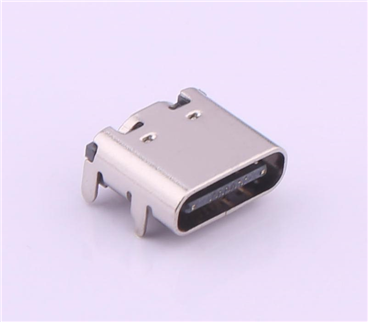
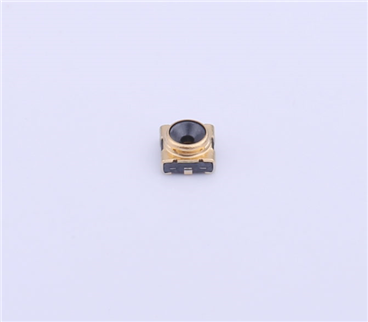
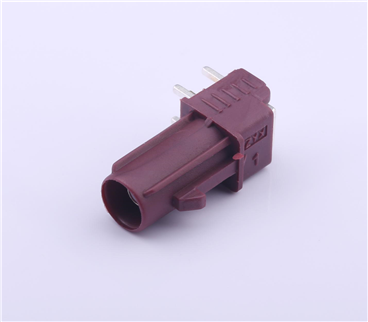
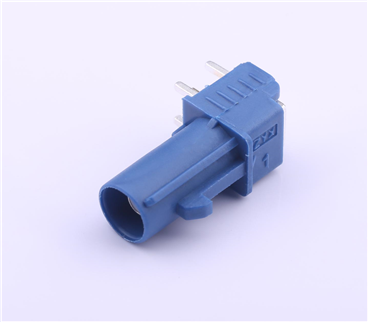
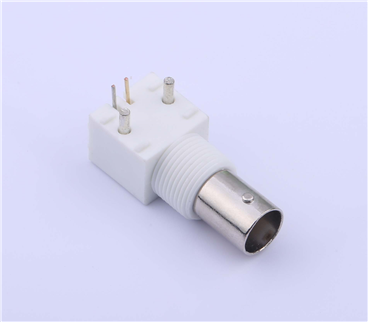
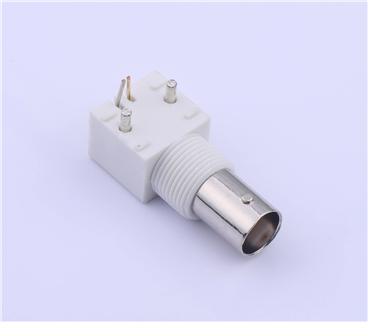
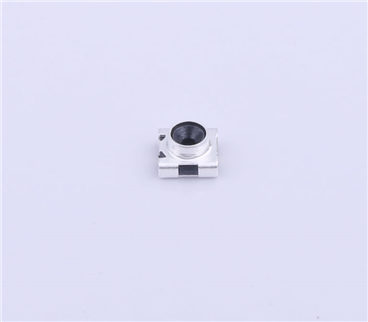
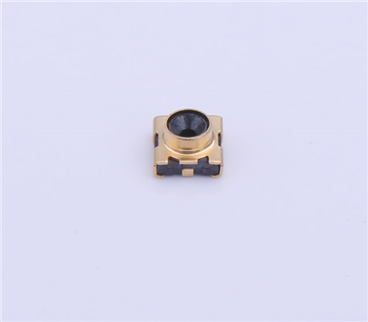
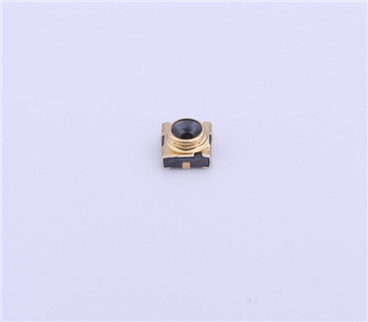

Copyright © Shenzhen Kinghelm Electronics Co., Ltd. all rights reservedYue ICP Bei No. 17113853
